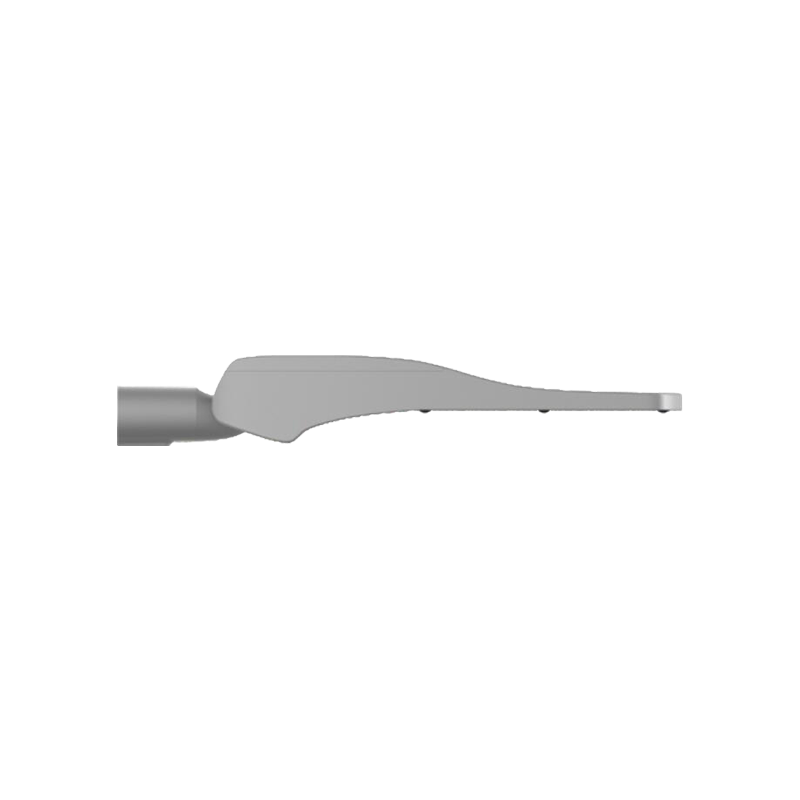LED street light can help reduce light pollution through several design and technological features:
Directional Lighting: LEDs emit light in a specific direction, allowing for more precise control over where the light is directed. This reduces the amount of light that spills over into the sky or adjacent areas, which is a common contributor to light pollution.
Optical Design: LED street lights can be equipped with advanced optical designs, such as optics and lenses, that focus the light downward onto the intended area, minimizing light scatter and wasteful upward light.
Shielding: LED street lights can incorporate shielding elements that prevent light from escaping upward or outward. Shielding helps confine the light to the intended target area and prevents it from scattering in unwanted directions.


Color Temperature Control: LED street lights allow for control over the color temperature of the emitted light. Choosing lower color temperatures (warmer tones) can reduce the potential for creating harsh and intrusive glare, making the lighting more comfortable for pedestrians and residents.
Dimming and Adaptive Controls: LED street lights can be equipped with dimming capabilities that adjust the light output based on the time of day or ambient light conditions. When there is less need for intense lighting, such as during late-night hours, the lights can be dimmed, further reducing the overall brightness and potential for light pollution.
Timers and Sensors: LED street lights can be equipped with timers and sensors that automatically turn off or dim the lights when they are not needed. Motion sensors can activate lights only when there is movement, preventing unnecessary illumination during periods of low activity.
Smart Lighting Systems: Advanced smart lighting systems can be employed to create a network of interconnected LED street lights that can be individually controlled. This allows for dynamic adjustments of light levels in response to real-time factors such as traffic density, weather conditions, and special events.
Community Engagement: When implementing LED street lights, municipalities can engage with local communities to gather input on lighting preferences and potential light pollution concerns. This collaborative approach can help design lighting solutions that balance safety and visibility with minimizing light pollution.
Dark Sky-Friendly Designs: LED street lights can be designed and certified as "dark sky-friendly" by organizations like the International Dark-Sky Association. These designs adhere to specific guidelines aimed at minimizing light pollution and preserving the natural night environment.


 Español
Español












